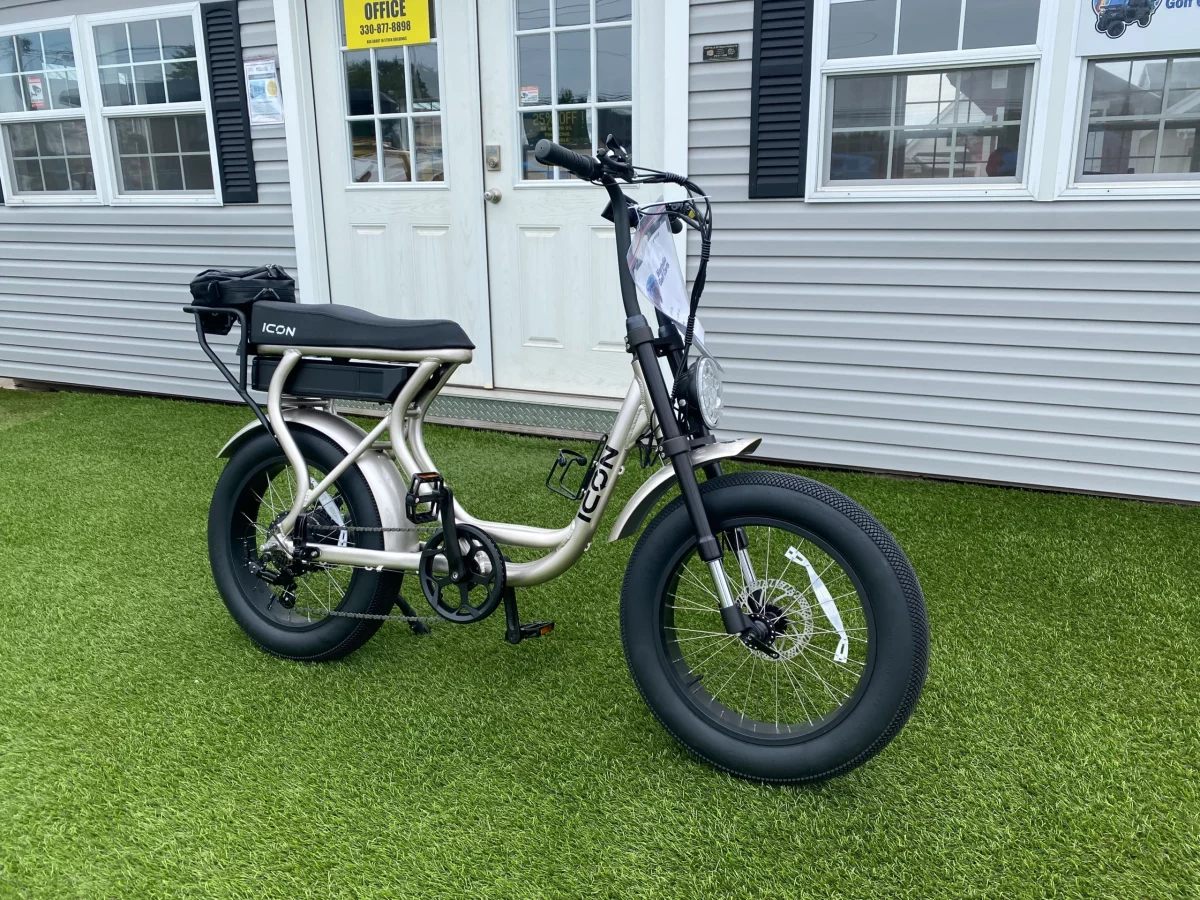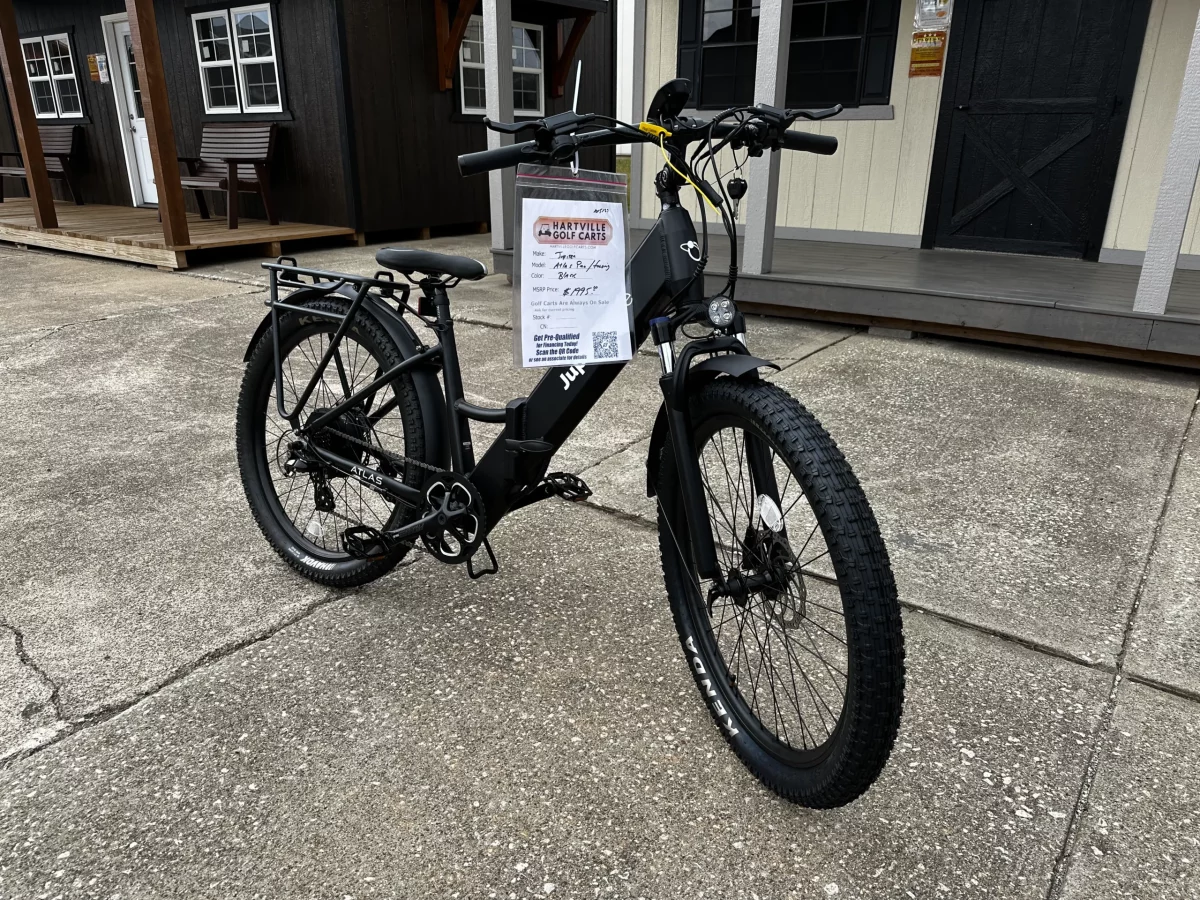When people explore the world of electric golf carts, one of the most common questions that comes up is: How long does 100Ah battery last in a golf cart? It’s not just about numbers—this question touches on range, dependability, and the entire experience of owning a cart. Whether you’re heading out for a round of golf, commuting through a gated community, or cruising at a campground, knowing how far a battery will take you is crucial to making the right decision.
The 100Ah battery has become a favorite among golf cart users thanks to its strong balance of cost, capacity, and performance. However, there isn’t a one-size-fits-all answer to how long it lasts. Real-world conditions vary, and so does battery performance. To understand the full picture, let’s take a look at what 100Ah means, how it behaves in different settings, and what you can expect when powering your cart with it.
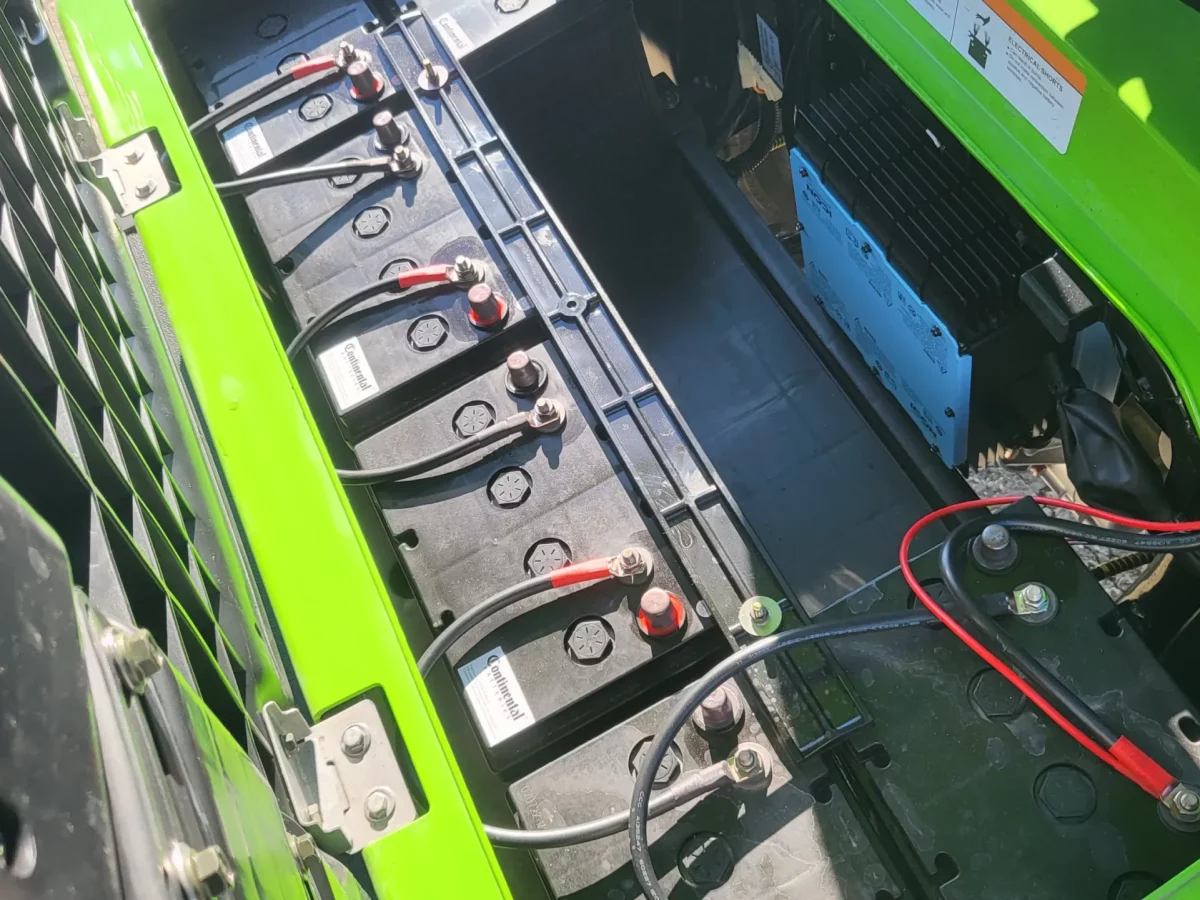
What 100Ah Actually Means
Understanding battery specifications can be confusing at first. The “Ah” stands for ampere-hour, which refers to how much current a battery can deliver over time. A 100Ah battery is capable of supplying 100 amps for one hour, or 10 amps for 10 hours, depending on how quickly the energy is consumed. In a golf cart, the battery’s discharge rate varies based on speed, terrain, and driving habits, which all influence how much energy is pulled from the battery at any given time.
For a cart operating on a standard 48V system, a single 100Ah lithium battery or a setup involving multiple batteries can typically provide anywhere from 25 to 40 miles on a full charge. That figure might seem like a range in itself, and that’s because it is. Driving uphill, carrying additional weight, or pushing the cart to high speeds will drain the battery faster than slower, smoother travel on level ground.
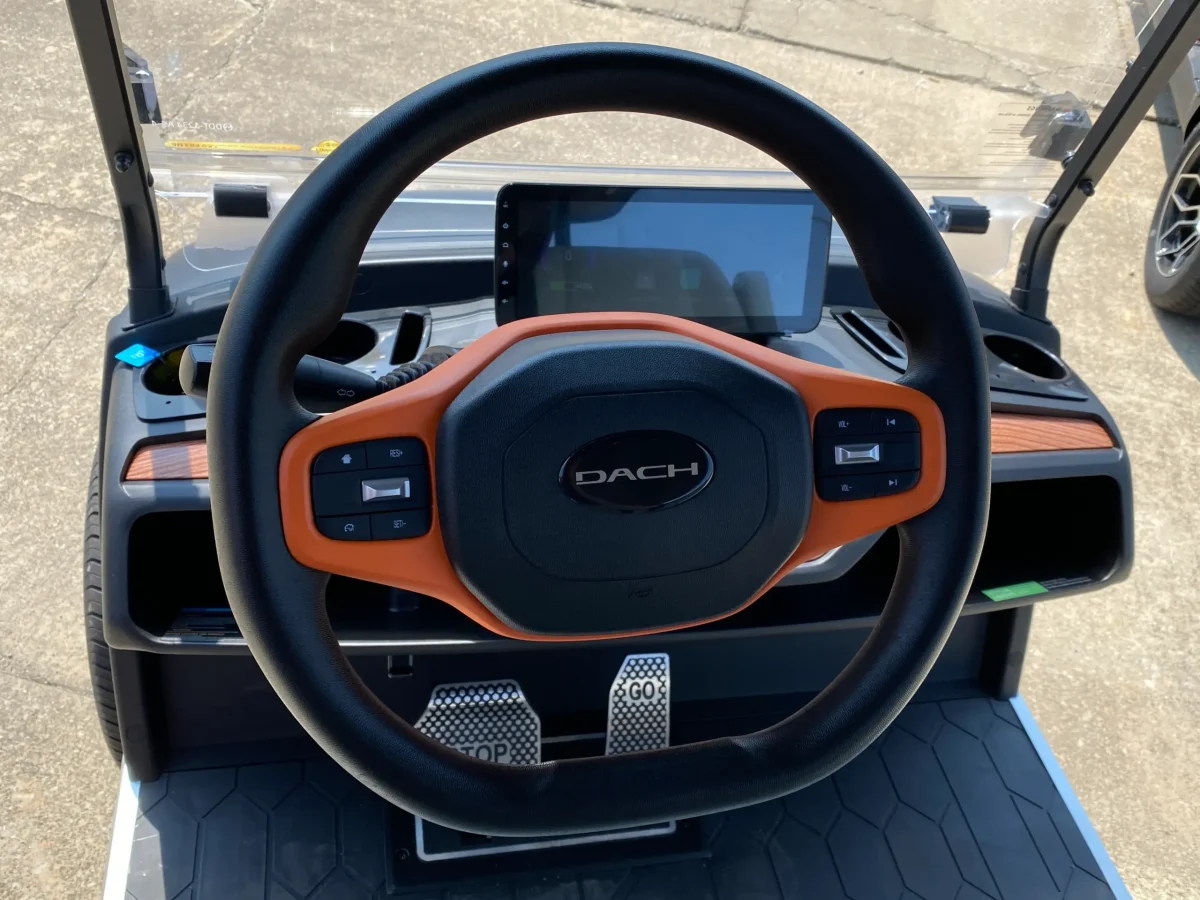
What to Expect from a 100Ah Battery in Real Use
In average conditions, a 100Ah lithium battery generally lasts between two to three hours of continuous driving. On a golf course, where stopping and starting is frequent, that same battery can easily last through multiple full rounds. People using golf carts in residential communities often find that one charge lasts several days when driving short distances.
So, when asking how long does 100Ah battery last in a golf cart, the most realistic answer is that it depends on how you use it. For light recreational use, it can comfortably last all day. For demanding, high-speed or off-road use, you might need to recharge more frequently.
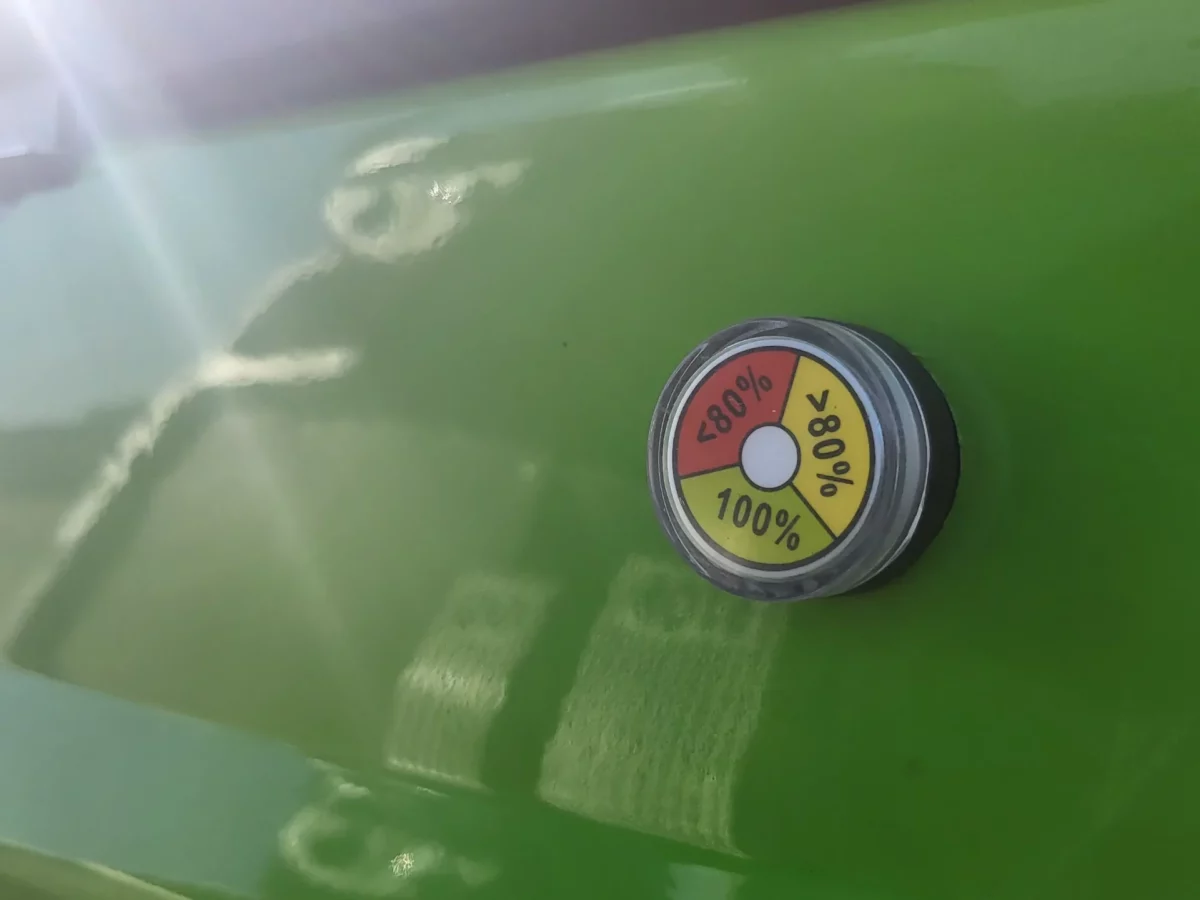
Comparing Lithium and Lead-Acid 100Ah Batteries
Battery chemistry has a major impact on how far a 100Ah battery can take you. Lithium batteries—especially lithium iron phosphate (LiFePO4)—are known for delivering nearly their full rated capacity. That means you get access to almost all of the 100 amp-hours without performance dipping too early. Lead-acid batteries, on the other hand, often deliver only 50 to 60 percent of their total capacity before voltage drops below useful levels.
As a result, a 100Ah lithium battery can often outperform a lead-acid battery of similar size, both in daily use and in long-term durability. If you’ve been thinking about switching to lithium for your golf cart, it’s not just about faster charging—it’s also about efficiency, weight, and consistent power output. The experts at CleanTechnica offer a great breakdown of how lithium compares with older technologies.
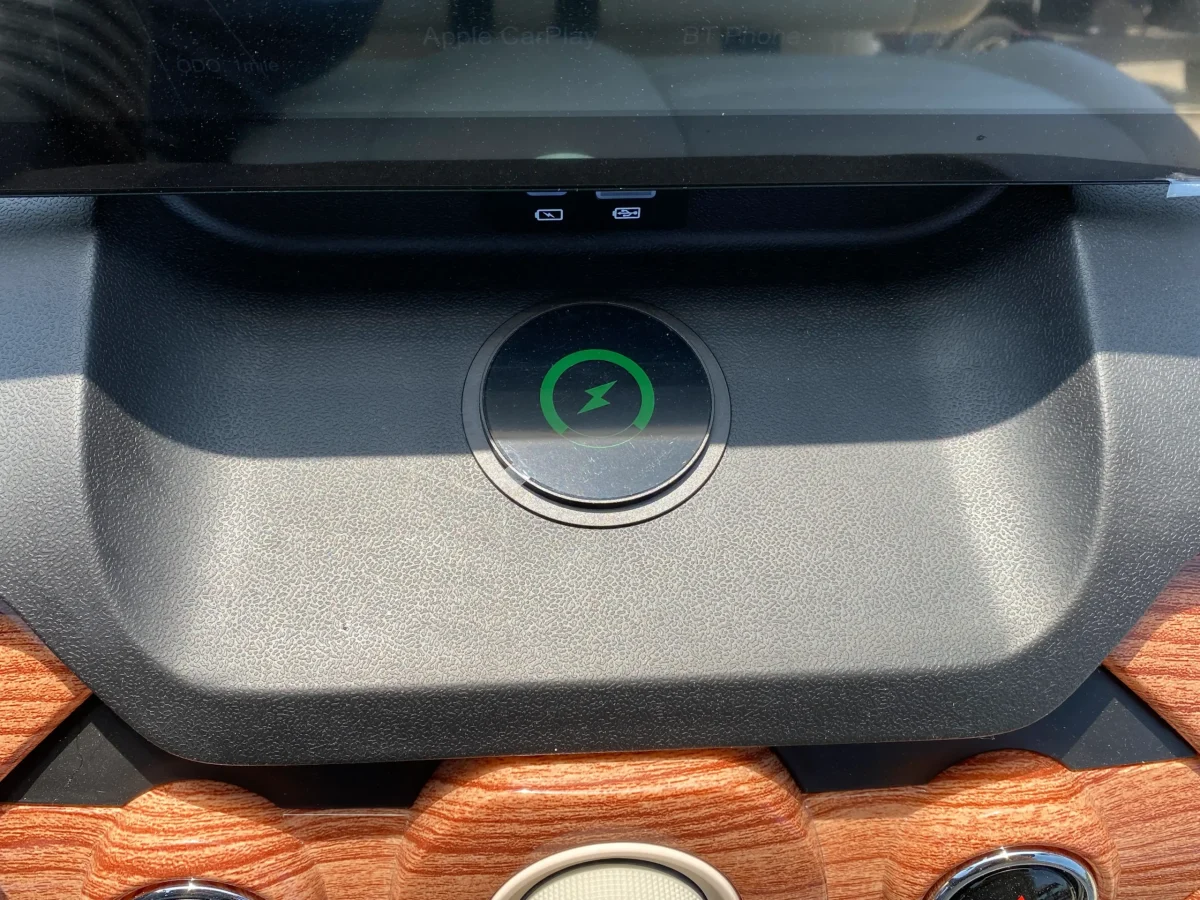
Factors That Influence How Long Your Battery Lasts
Every golf cart setup is unique, and the runtime of a 100Ah battery is influenced by a mix of physical and behavioral factors. Weight plays a critical role—carts carrying multiple passengers, bags of gear, or trailers will demand more energy than a lightly loaded cart. Likewise, terrain matters. Flat roads and well-manicured fairways are much easier to navigate than steep slopes or rough paths, which can quickly sap power.
Speed is another variable to keep in mind. Traveling at higher speeds causes the motor to draw more current, which shortens the battery’s usable range. Tire condition, especially low pressure, increases rolling resistance and forces the motor to work harder. Temperature also impacts battery efficiency. In colder conditions, batteries—particularly lead-acid types—tend to deliver less power. That reduced output results in shorter distances per charge.
Driving style makes a big difference, too. Sudden accelerations or harsh braking waste more energy than gradual, steady movement. Drivers who use smoother throttle control generally report longer battery life. The battery management system in many modern lithium batteries can help mitigate aggressive power consumption, but responsible usage habits still go a long way toward improving longevity.

Charging Time and Long-Term Maintenance
Charging time varies based on battery type and the kind of charger you use. A quality lithium battery typically takes four to six hours to reach a full charge with a compatible charger. In contrast, traditional lead-acid batteries often require eight to ten hours for a full cycle.
It’s also essential to avoid completely draining the battery before recharging. Doing so on a regular basis—especially with lead-acid batteries—can significantly shorten lifespan. Regular top-ups after each use help maintain the battery’s health and extend its effective life. Lithium batteries tend to tolerate partial charges much better, making them more forgiving if you don’t fully recharge after each outing.
Battery longevity is another consideration. While lead-acid batteries often last between three to five years, lithium batteries—when properly maintained—can last for more than eight years. Charging best practices are vital, and Battery University provides in-depth tips on how to extend the lifespan of all types of batteries through smarter charging and storage strategies.
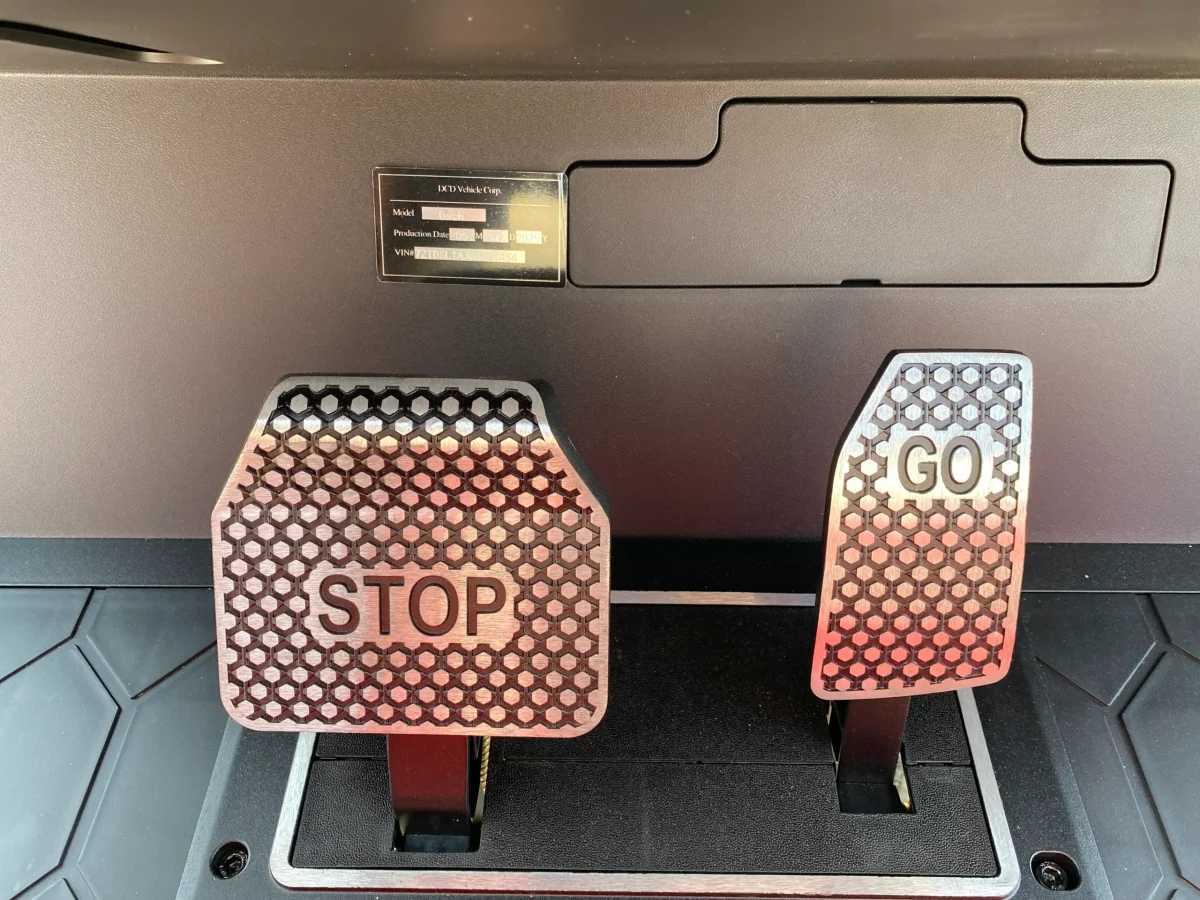
What Golfers Say About Their Experience
Among users of 100Ah lithium batteries, feedback tends to be positive. Golfers often report lasting through multiple rounds without recharging, even when carts are fully loaded. In neighborhood use, many find that a single charge lasts several days, especially when trips are under two miles.
For those upgrading from older lead-acid systems, the shift to lithium offers noticeable improvements—not just in range, but also in consistent power delivery. Drivers appreciate the fact that the cart doesn’t feel like it’s “dying” after an hour of use. That’s a common experience with aging lead-acid batteries, where voltage sag becomes noticeable well before the battery is fully drained.
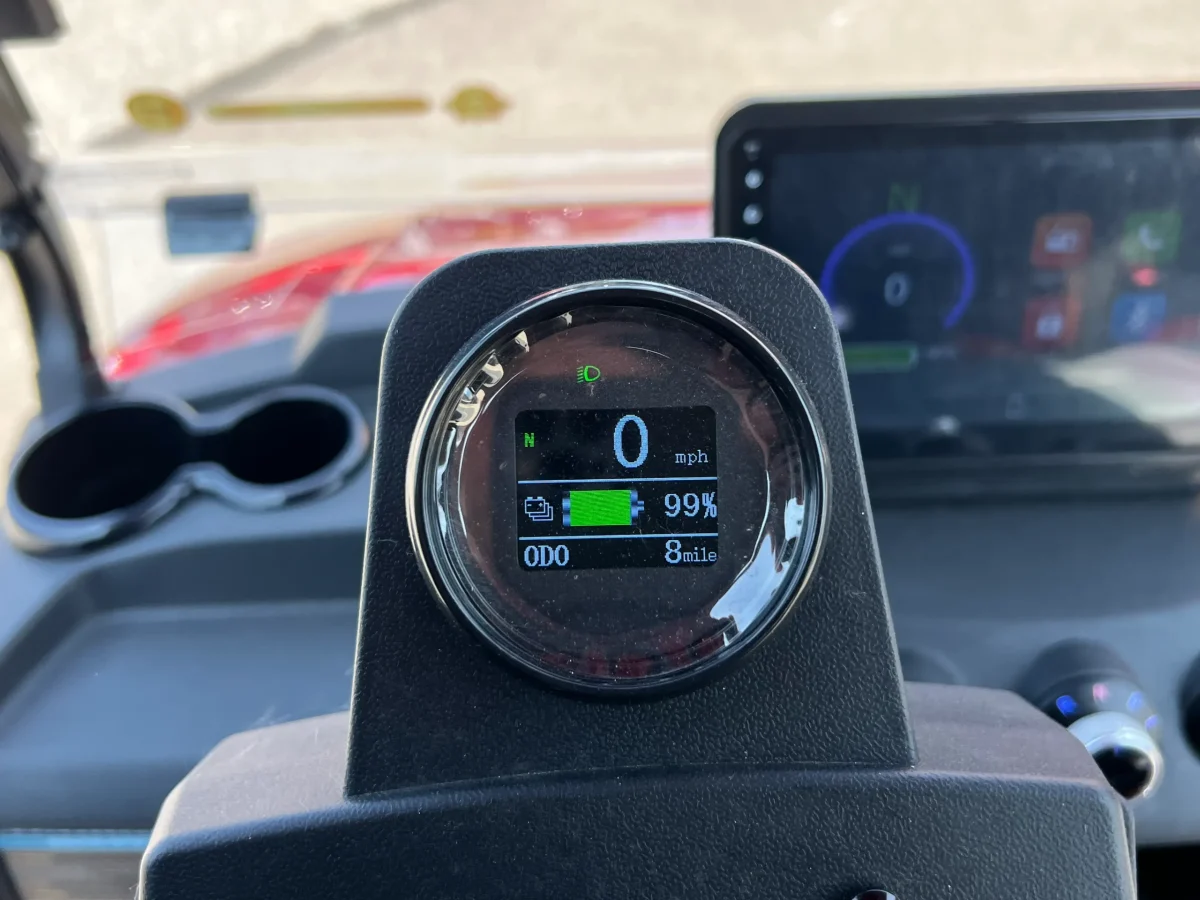
Is a 100Ah Battery Right for Your Needs?
The answer depends on how you use your golf cart. If your main use is for local errands, recreational driving, or a few weekly rounds of golf, a 100Ah battery should provide more than enough runtime. It offers a solid balance between size, cost, and performance, and is compatible with many 48V systems. However, if you rely on your cart for daily commuting over long distances or frequent towing, a larger battery or multiple-battery setup may be worth considering.
Always check your cart’s specifications before upgrading. Ensure your system’s voltage matches the new battery, and confirm that there’s enough space in your battery compartment. Some retrofits also require a new charger or controller.
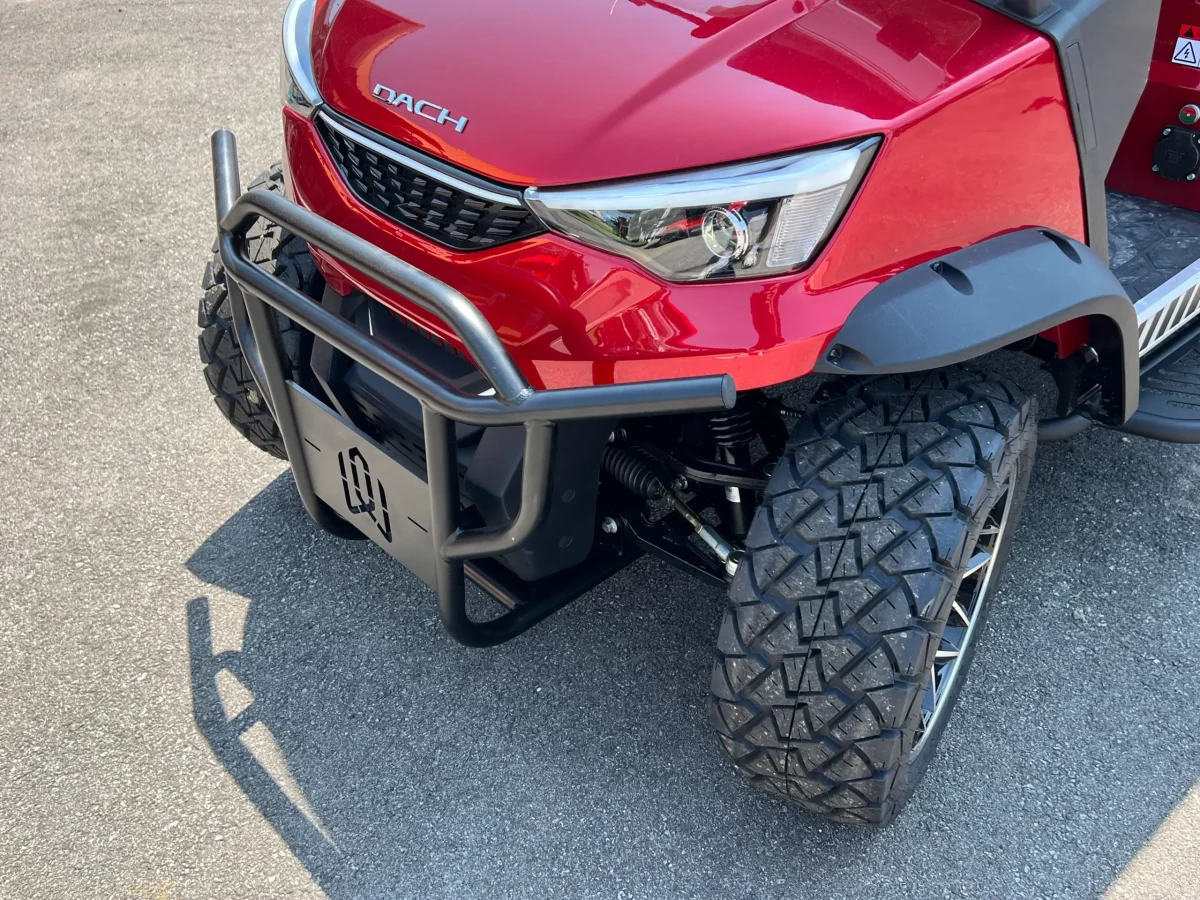
Quietly Built for Performance: Hartville Golf Carts
At Hartville Golf Carts, we see firsthand how battery life impacts the satisfaction of our customers. That’s why we offer models optimized for battery longevity, especially for those making the shift to 100Ah lithium systems. If you’re looking for a new ride that offers clean power and efficient travel, explore carts like the ICON i40L or the Denago EV Nomad. These carts are designed with high-capacity batteries in mind and provide a strong blend of range, comfort, and style.
You can browse additional models and learn more about battery configurations on our website at Hartville Golf Carts.



